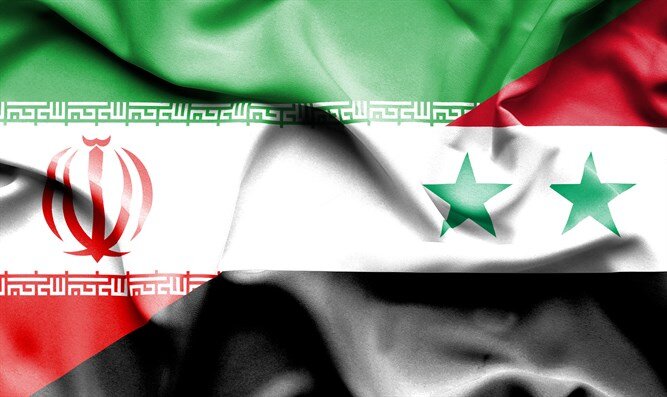Iran considering establishment of free trade zone in Syria

TEHRAN – Iran Chamber of Commerce, Industries, Mines and Agriculture (ICCIMA) hosted a meeting on Sunday in which various aspects and prerequisites of establishing a free trade zone in Syria were discussed.
The meeting was attended by ICCIMA Deputy Head Hossein Selahvarzi, Chairman of the Iran-Syria Joint Chamber of Commerce Keyvan Kashefi, ICCIMA Deputy for Foreign Affairs Mohammad-Reza Karbasi, and the Economic Deputy of the secretariat of the Supreme Council of Iran's Free Trade, Industrial and Special Economic Zones Ahmad Jamali, along with some businessmen and economic activists.
Speaking in the gathering, Jamali briefed the attendees about the measures taken so far for the establishment of the free trade zone in Syria and noted that: “One of the reasons for creating a free trade zone in Syria is that Syria is a member of several international and regional organizations and treaties including Council of Arab Economic Unity (CAEU), Arab Investment and Export Credit Guarantee Corporation, International Monetary Fund (IMF), Organization for Economic Cooperation and Development (OECD), International Center for Investment Dispute Resolution (ICDR), World Bank (WB), United Nations Development Program (UNDP), United Nations (UN), and Islamic Development Bank (IDB), and this could also create valuable opportunities for the Iranian economy.
He also mentioned some of the opportunities and potentials in Syria, and said: “Industrial, transportation, communication and technology projects, environment, services, electricity, oil, and mining are all investment opportunities in this country.”
According to the official, Iran's proposed zone for the establishment of the free trade zone is in Hamidiyeh Port, which is 20 kilometers (km) far from Tartus, 240 km from Damascus, three km from Lebanon and 40 km from the Lebanese port of Tripoli.
In the meeting, some proposed models of cooperation including cooperation with Syria’s current free zones were also reviewed. In this case, the ownership and management will be with Syria, and the level of security will be higher.
In another model, namely the partnership model, Iran could participate in creating a new free zone with Syria. In a third model, Iran would establish a completely independent free zone.
Collaborating with second and third countries in establishing a free trade zone was also among the proposed models, in which case Iran can take advantage of these countries’ opportunities including transportation, export, and production.
EF/MA
Leave a Comment